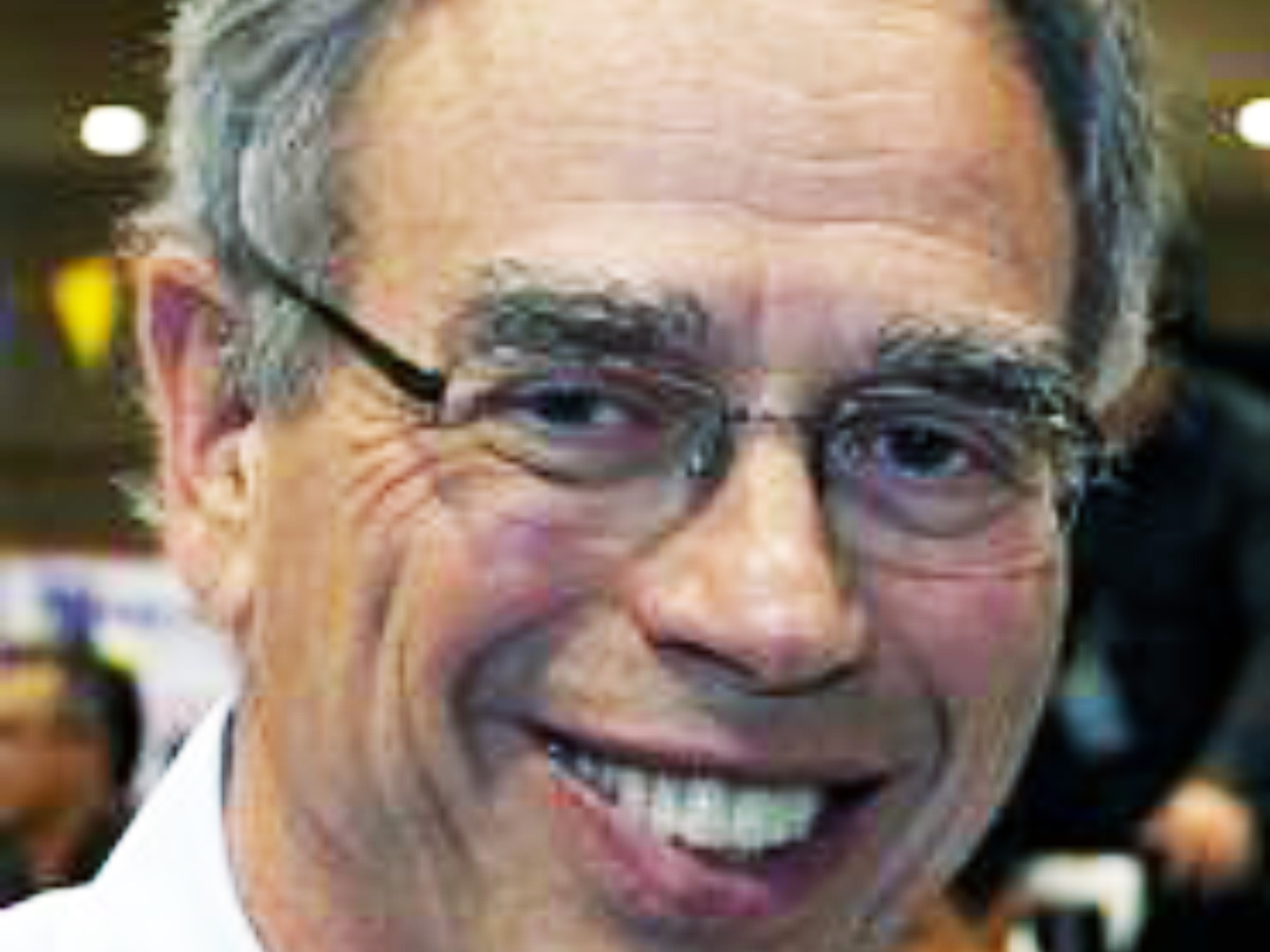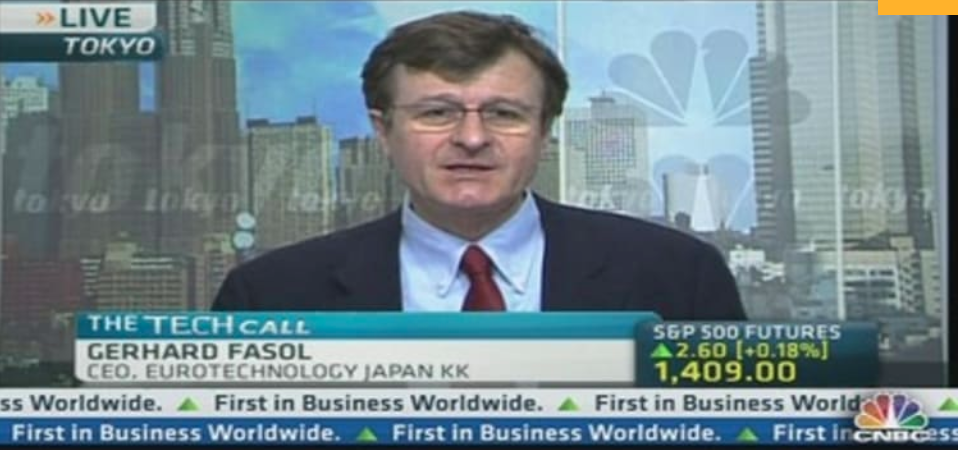Gerhard Fasol. news. events.
-
Was asked today (September 18, 2012) to be one of a group of about 5 Japanese experts – who I was asked to help select – to brief the Minister for Energy and Natural Resources of Canada, Mr Joe Oliver. We were asked to keep the conversation off-the-record, so I can’t write about the meeting.…

-
The organizers of the legendary TTI-Vanguard conference series organized a conference on “Futureproofing” in Tokyo, and invited me to give a keynote on Japan’s creativity and first-to-market for many technologies and business models, and Japan’s difficulties to capture global value from this creativity, a phenomenon often called “Japan’s Galapagos syndrome“. The organizers, and particularly the…
-
I was one of the two keynote speakers at today’s Tokyo Executive’s Round Table Event about “Riek aversion during crisis events”. William Saito and myself discussed with a group of about 20-30 entrepreneurs and Tokyo based business people about how our organizations, our customers, our staff and ourselves coped with the March 11, 2011 disaster,…
-
https://www.cnbc.com/video/2012/03/27/japans-tech-companies-need-to-restructure.html Japan’s electronics industries – research report

-
“ENERGY” on Monday, 20th February 2012 14:00 Welcome by Thomas Loidl, Chargé d’affaires ad interim of the Austrian Embassy 14:10 Gerhard Fasol: today’s agenda” 14:20 – 14:40 Tatsuo Masuda Professor at Nagoya University of Commerce and Business, served as Director of Oil Markets and Emergency Preparedness of IEA “New energy architecture for Japan” 14:40 –…
-
Topic “Space and Energy and Ludwig Boltzmann” on Thursday, 17th February 2011, Embassy of Austria, Tokyo. 14:00 Welcome by Michael Haider, Cultural Counsellor of the Austrian Embassy 14:10 – 14:40 Gerhard Fasol, “Ludwig Boltzmann: Pioneer of understanding Space and Energy” 15:00 – 15:45 Tetsuhiko Ikegami, PhD Chairman, Space Activities Commission, Ministry of Education, Culture, Sports,…
-
Seen in a fashion store in San Francisco:

-
Presentation to a delegation of Denmark’s media leaders: printed media, newspapers, radio, TV at the Embassy of Denmark March 1, 2010 Topic: “Japan’s media revolution – a European perspective” Agenda Why is there no NOKIA in Japan? Is Japan’s market difficult and closed? What can we learn? Nokia tried for 20 years to build a…
-
Topic “Leadership and Diversity” on Thursday, 18th February 2010 14:00 Welcome by HE the Ambassador of Austria to Japan 14:10 – 14:40 Gerhard Fasol, “Ludwig Boltzmann as a local and global leader” 15:00 – 15:20 Atsuko Heshiki, MD and PhD President of Medical Woman’s International Association (MWIA) and Professor Emeritus at Saitama Medical School “Leadership…
-
On October 21, 2009, I was asked to give a talk about Japan’s media sector to a delegation of the Directors and Board Members of YLE, Finland’s Broadcasting Company. My title was: “Japan’s media revolution – a European perspective” Agenda: The presentation was base on our Eurotechnology report on Japan’s Media.